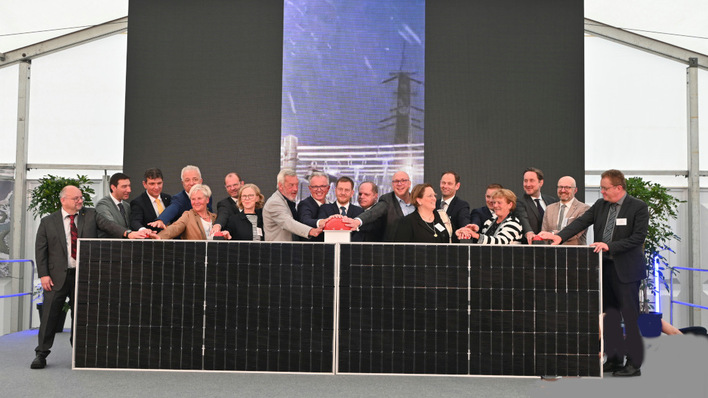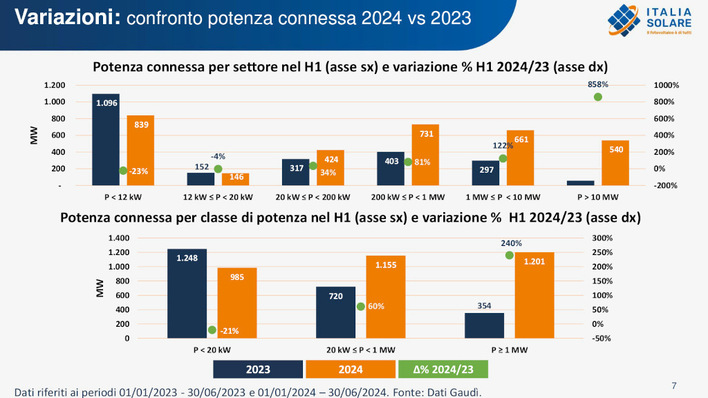The photovoltaics industry uses some of the most advanced and expensive technologies and materials available to create micro-thin semiconductors that generate power in sunlight. One group of Northwestern University scientists led by Jiaxing Huang reportedly wants to create a game-changing technology that would radically lower the cost of photovoltaic cells by making solar cells entirely of carbon.
Carbon solar cells have a number of benefits, not least that they are more flexible and potentially much less expensive than silicon cells or thin-film cells made with rare earths. The trouble with carbon solar cells is handling their mind-bogglingly tiny constituent parts – graphene is a sheet of carbon just an atom thick. The components of the cell comprise nanotubes – graphene rolled into a tube – which donates electrons, and buckyballs – essentially soccer balls made of graphene – which take up the electrons shed by the nanotubes. The easiest way to handle the nanotubes and buckyballs has been to suspend them in water, but that has proved problematic as well. The materials tend to sink to the bottom or clump up, making them hard to apply in thin, even layers. To compensate for the carbon components’ less-than-ideal behavior in water, scientists either add reagents or surficants, but that blocks the flow of electrons, making them practically useless as photovoltaics.
Huang and his team solved this problem by creating a solution of graphene oxide, nanotubes, and buckyballs. The mix created a solution that was stable enough to deposit an 8 nm-thick layer onto a glass slide which, when treated with hydrazine, created a composite of graphene, buckyballs, and nanotubes. Huang’s team then made a viable photovoltaic cell from the composite material. (tph)






